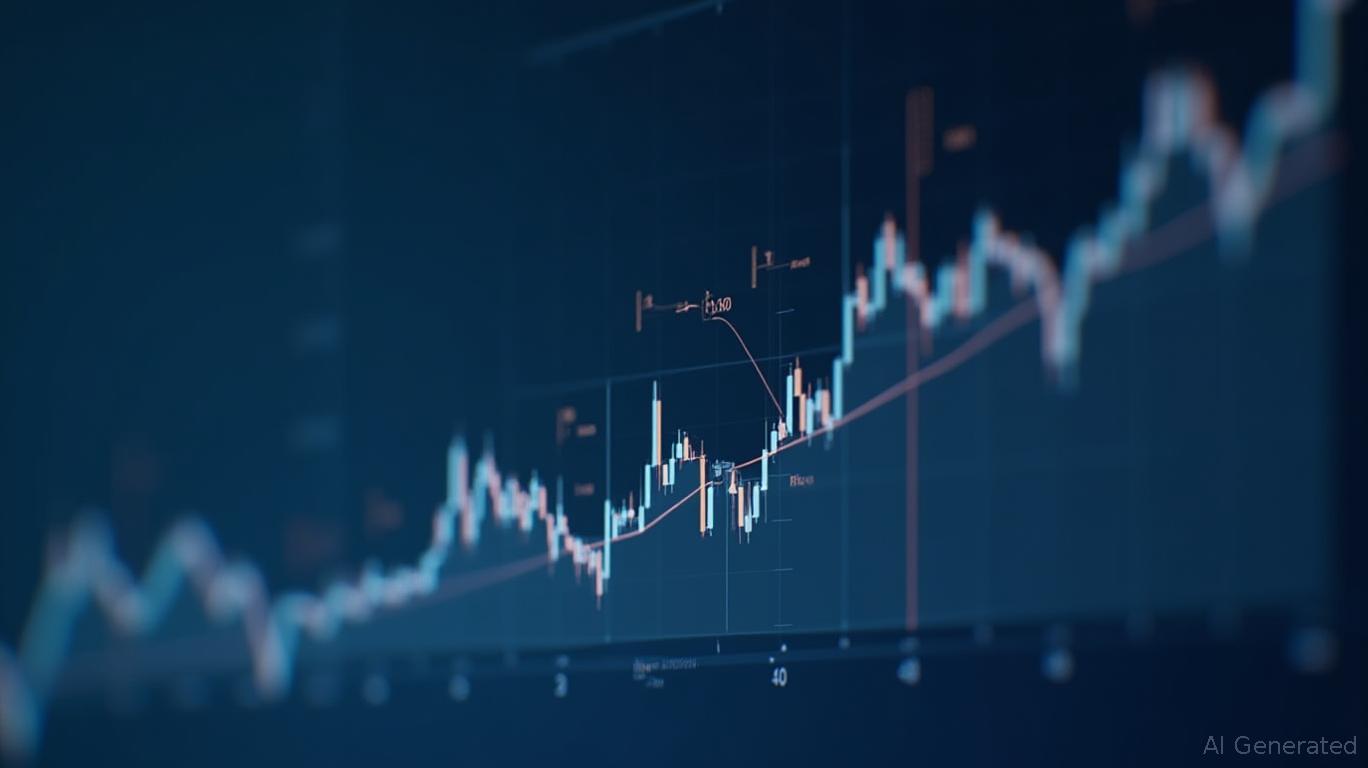The Double-Edged Sword of SABA's Steady Dividend: A Deep Dive into Risk and Reward
The
& Opportunities Fund II ($SABA), a closed-end fund trading on the NYSE, has positioned itself as a beacon of consistency in an increasingly volatile market. Its fixed $0.058 monthly distribution, maintained through a managed distribution plan, promises steady income to investors. Yet beneath this veneer of reliability lies a complex interplay of strategy, risk, and the precarious balance between sustaining payouts and preserving capital. For income-focused investors, SABA's approach raises critical questions: How sustainable is this dividend in turbulent markets? What are the hidden costs of its “fixed” policy? And is the trade-off between predictability and potential capital erosion worth the gamble?The Appeal of Fixed Distributions: Narrowing the NAV Discount
Closed-end funds like SABA often grapple with discounts to their net asset value (NAV), where shares trade below the value of the underlying assets. SABA's managed distribution plan aims to combat this by offering a predictable dividend stream, a strategy that has historically attracted income-seeking investors. The fund's fixed $0.058 monthly payout, unchanged since its 2024 reorganization, signals stability in an uncertain environment.

The plan's success is reflected in its NAV discount, which has narrowed from a high of 12% in early 2024 to around 5% as of May 2025. By prioritizing steady distributions, SABA aims to align investor expectations and reduce the likelihood of panic-driven selling during market downturns. For income investors, this translates to a reliable cash flow stream—provided the distributions remain intact.
The Dark Side of Return of Capital: Eroding Principal
However, SABA's distribution strategy carries significant risks, particularly its heavy reliance on return of capital (ROC). According to its Q2 2025 disclosures, 92.6% of the May 2025 distribution was sourced from ROC, while year-to-date figures show 54.6% of distributions as capital returned to investors. This means shareholders are receiving a portion of their original investment, not earnings from the fund's investments.
While ROC is a tool to maintain payouts during lean periods, it erodes the fund's NAV over time. If the fund's investments fail to generate sufficient income or capital gains to replenish this capital, shareholders face a shrinking principal. This is particularly alarming given SABA's exposure to volatile sectors:
- Reinsurance and SPACs: The fund allocates to reinsurance-linked securities and special purpose acquisition companies (SPACs), which are highly sensitive to economic cycles and regulatory shifts.
- High-Yield Debt: A significant portion of its portfolio is in bonds rated below investment grade, which face heightened default risk in a rising-rate environment.
Interest Rate Sensitivity: A Sword Swinging Both Ways
SABA's focus on income-generating assets makes it acutely vulnerable to rising interest rates. The fund's fixed distribution rate of 7.44% (as of April 2025) appears attractive in a low-yield world, but it could become unsustainable if rates climb further.
Higher rates would likely depress the value of existing bonds in its portfolio while increasing borrowing costs for companies in its holdings. This dual pressure could squeeze both income and NAV, forcing the fund to rely even more heavily on ROC to meet its fixed payout. Investors must ask: Can SABA's strategy survive a prolonged period of rising rates, or is it a house of cards waiting to collapse?
The Trade-Off: Predictability vs. Capital Preservation
The allure of SABA's fixed dividend lies in its predictability—a rare commodity in today's markets. For retirees or those needing steady income, the $0.058 monthly payout provides a lifeline. However, the risks are existential:
- Capital Erosion: Persistent ROC distributions reduce shareholders' cost basis, meaning future gains must compensate for the erosion.
- Sector Concentration: Overweighting in cyclical sectors like reinsurance exposes the fund to sudden shocks, such as natural disasters or economic downturns.
- NAV Decay: If distributions outpace investment performance, the fund's NAV could decline, amplifying the discount to its share price.
A Call to Vigilance: Scrutinize, Diversify, and Act
Investors must treat SABA's dividend not as a guaranteed income stream but as a signal of its financial health. Here's how to proceed:
- Track Distribution Sources: Monitor the proportion of ROC in each payout. A sustained rise above 50% should trigger caution.
- Assess NAV Resilience: Use tools like to gauge its ability to withstand stress.
- Diversify Exposure: Pair SABA with less volatile income vehicles (e.g., dividend-paying ETFs or preferred stocks) to mitigate sector-specific risks.
Final Verdict: A High-Reward, High-Risk Gamble
SABA's fixed dividend strategy is a masterclass in psychological engineering—it lulls investors into complacency by prioritizing short-term income over long-term capital preservation. For those willing to accept the risks—capital erosion, sector-specific volatility, and macroeconomic headwinds—the fund offers a compelling yield in a low-yield world.
But investors must proceed with eyes wide open. The next 12–18 months will test whether SABA's NAV can keep pace with its distributions, particularly if interest rates remain elevated or global markets face another downturn. Before committing capital, ask yourself: Can I afford to see my principal shrink for the sake of a monthly payout? The answer may determine whether this fund is a lifeline or a liability.
In the end, SABA's managed distribution plan is a double-edged sword: It cuts through market noise to deliver steady income but leaves investors vulnerable to the blade's sharp edge. Proceed with caution—and a clear-eyed understanding of what you're sacrificing for those monthly checks.

Comments
No comments yet